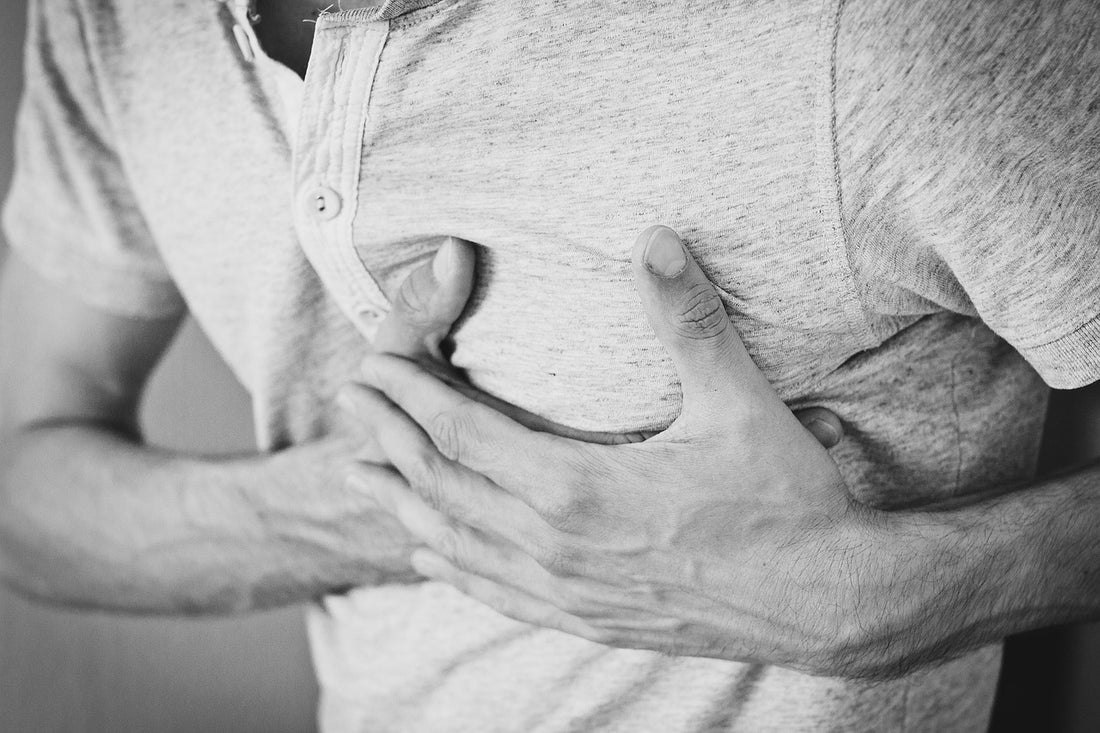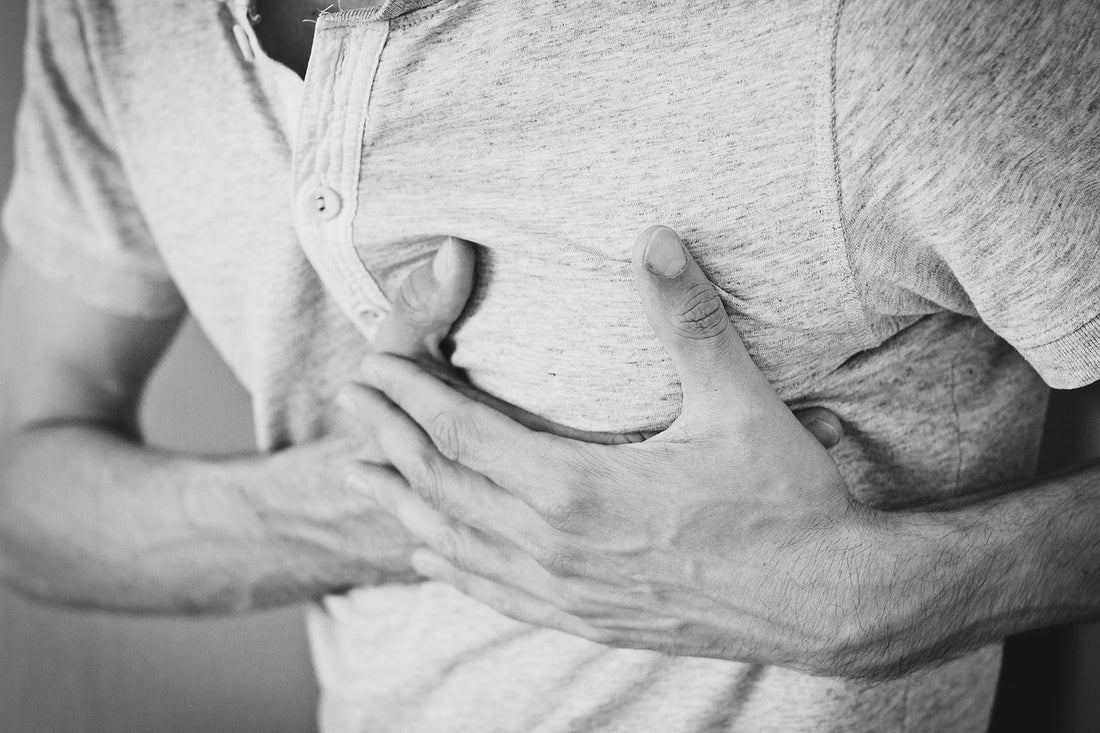
Signs of Cocaine Use in Teens
Daniel PattersonWhile cocaine use among teens is less common than other substances, it’s still a highly addictive and dangerous drug that parents should be aware of. Recognizing the signs of cocaine use early can help prevent serious health risks and potential addiction. Here’s what to look for:
Physical Signs
Cocaine can have noticeable physical effects, especially if it’s used regularly. Here are some of the main signs:
- Sudden Energy and Hyperactivity: Cocaine is a powerful stimulant, which can lead to sudden bursts of energy. Teens might seem unusually energetic or restless for short periods, only to crash later.
- Dilated Pupils and Runny Nose: According to the National Institute on Drug Abuse (NIDA), cocaine use can cause pupils to enlarge, which might be noticeable in brightly lit environments. Snorting cocaine also irritates the nasal passages, leading to a constantly runny nose, frequent sniffles, or even nosebleeds.
Behavioral Changes
Since cocaine affects the brain and behavior, users may act differently, especially if they’re using the drug regularly. Some behavioral signs include:
- Rapid Mood Swings and Paranoia: Cocaine can cause intense mood shifts, from extreme excitement to irritability or even paranoia. Teens using cocaine might also seem anxious or on edge.
- Secrecy and Withdrawal: Teens using cocaine may become more secretive, avoid family or friends, and spend more time alone or with new friends. According to the Substance Abuse and Mental Health Services Administration (SAMHSA), other signs include sudden academic struggles, unexplained financial issues, or risky behaviors like stealing or getting involved in illegal activities.
Emotional Symptoms
The emotional impact of cocaine use can be severe, even after the high fades:
- Anxiety and Restlessness: Cocaine stimulates the nervous system, leading to restlessness and high levels of anxiety, even when the drug’s effects start to wear off.
- Intense Depression or “Crash”: After using cocaine, many teens experience an emotional “crash,” which can include sadness, irritability, and fatigue. The Centers for Disease Control and Prevention (CDC) notes that this “crash” can create emotional instability, often causing teens to seek out the drug again to feel better.
Statistics:
A 2020 CDC report found that about 2.3% of high school seniors had tried cocaine. Although this number may seem small, cocaine’s addictive nature makes early awareness crucial for parents.
What Parents Can Do
If you notice signs of cocaine use in your teen, here are some steps you can take:
- Start a Conversation: Approach your teen calmly and let them know you’re concerned about their well-being. Open up a safe space for them to talk about their exposure to cocaine, their stress level, peer pressure, or struggles they might be facing.
- Seek Professional Help: If you suspect regular cocaine use, consider reaching out to a counselor or healthcare provider. Therapy and support groups can help teens understand the risks and build healthier coping strategies.
- Set Clear Boundaries: Let your teen know that drug use is not acceptable and establish consequences if they continue using. Balance boundaries with support, so they know they have your help if they want to make healthier choices.
Conclusion
Cocaine is a powerful and dangerous drug with physical, behavioral, and emotional signs that parents can look out for. Recognizing these signs early and talking to your teen in a calm, supportive way can make a real difference in helping them avoid the risks associated with cocaine use.
References
- National Institute on Drug Abuse. (2021). "Cocaine Use and Its Effects in Teens."
- Substance Abuse and Mental Health Services Administration. (2020). "Signs and Symptoms of Cocaine Use."
- Centers for Disease Control and Prevention. (2020). "Youth Risk Behavior Survey: Substance Use."











